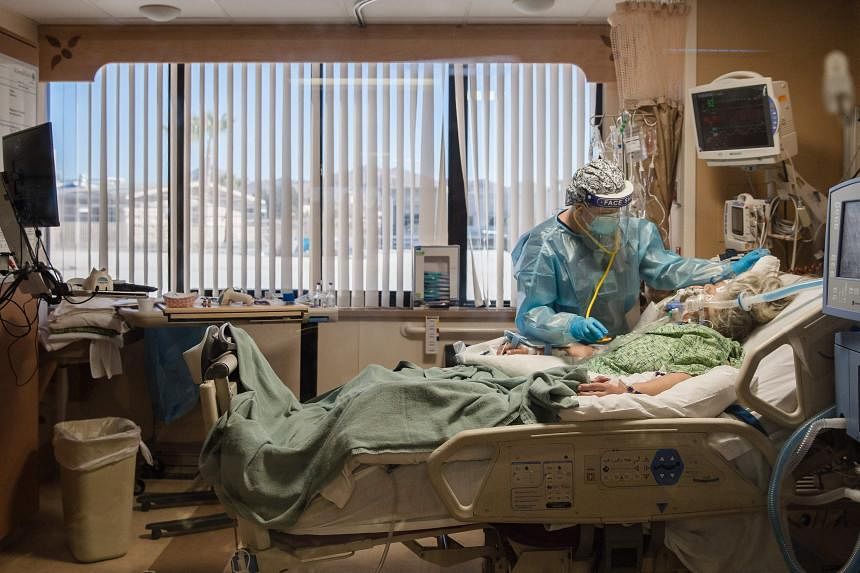(NYTIMES) My patient's wife had just one question: Was her husband dying? She knew that he was still on the ventilator even after all these weeks, his lungs too sick and his body too weak to breathe on his own. That he still needed a continuous dialysis machine to do the work of his kidneys. That he had yet to wake up in any meaningful way, though his brain scans showed nothing amiss. That it had been more than 50 days since he entered the hospital and we needed to talk about what would come next.
But when she stood there at the bedside, her husband looked much the same to her as he had a week ago, much the same as he might look next week if we continued to push forward. And she had to ask: Why did we need to have this conversation today?
Already a subscriber? Log in
Read the full story and more at $9.90/month
Get exclusive reports and insights with more than 500 subscriber-only articles every month
ST One Digital
$9.90/month
No contract
ST app access on 1 mobile device
Unlock these benefits
All subscriber-only content on ST app and straitstimes.com
Easy access any time via ST app on 1 mobile device
E-paper with 2-week archive so you won't miss out on content that matters to you

